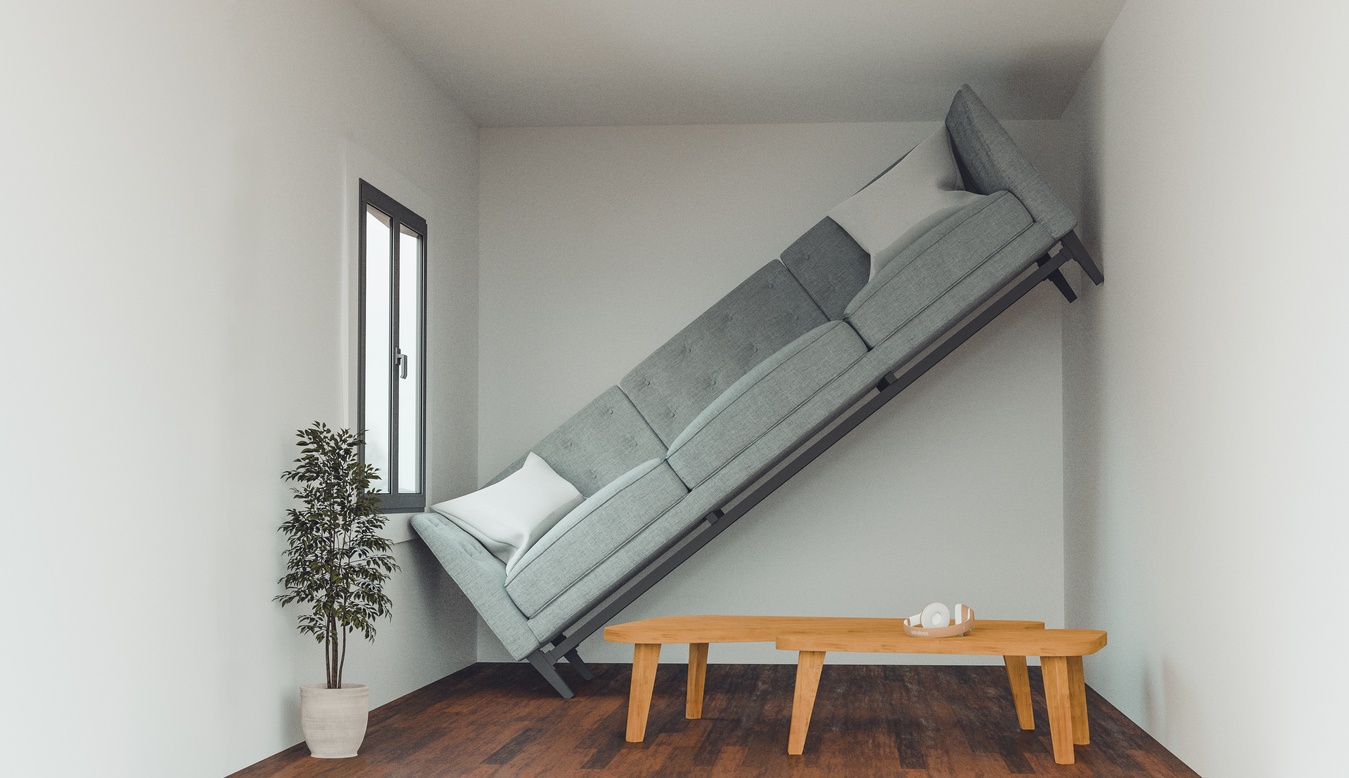When homeowners suffer a fire, they have to purchase basic necessities for day-to-day living – toiletries, clothing, etc. But not every “additional living expense” is covered under the Loss of Use portion of the claim.
Furniture – This is one area that is confusing to insureds, especially when they have to move into a temporary home after a fire. There are companies that provide short-term rental service, making it possible to lease couches and TVs for weeks or even months. But the cost of these services can be exorbitant. Based on cost comparison, it’s often less expensive to buy certain items (rather than rent), and then have the insurance company pick them up for salvage at the end of the period of restoration.
In a claim we recently handled, the homeowners received carrier approval for a rental home after their house burned down. They obtained a quote for furniture, but the insurance company balked at the prices. The carrier had given the insured an advance payment to replace furniture and felt like that money was enough to cover all of the homeowners’ needs.
There are some flaws in the carrier’s thinking here. First of all, the insured is using that advance for necessities such as clothing, food and toiletries – it doesn’t necessarily extend to furniture. Secondly, the carrier is failing to acknowledge the reality of home furnishings and how they fit into a claim.
Some furniture is custom made or contains special order fabrics, for example, which can create extended delays in delivery. Even if the furniture is direct from inventory, delivery can take 10-12 weeks – this can be burdensome in an everyday situation, let alone the already stressful situation of dealing with a property loss. Moreover, items that fit into the insured’s home might not fit in a rental unit, which might be smaller. The bottom line is that there is more to replacing furniture than just a theoretical swap out from a catalog.
What other factors might impact extra living expenses?
Mileage – We had a client who had a beautiful ranch house. Their kids went to school by bus, which stopped directly in front of their house. The parents both worked very close to the house. When their home was badly damaged by a fire, they had to move to a rental home during the period of restoration. Because of tight inventory, all they could find was a rental in another town. During this time, the parents had to drive the kids back and forth to school, as well as endure longer commutes. The extra mileage is considered an extra living expense.
On the other side of things, the kids took karate twice a week, and it was a lot closer to the rental property than their home. This meant that they had to deduct the saved mileage. After all, credits are taken for normal expenses – which can sometimes be reduced in the rental situation. Maybe the gym is closer, as in this case, or the smaller rental house has lower utility bills.
These are some more things to keep in mind when understanding your Loss of Use coverage.




